The Mars Opportunity Rover recently sent back its last images from the surface of the Red Planet, so in tribute, we've picked out a few more final farewells from the space missions that furthered our understanding of the Solar System, and pushed us ever-further ahead on our mission to explore space.
Apollo 17
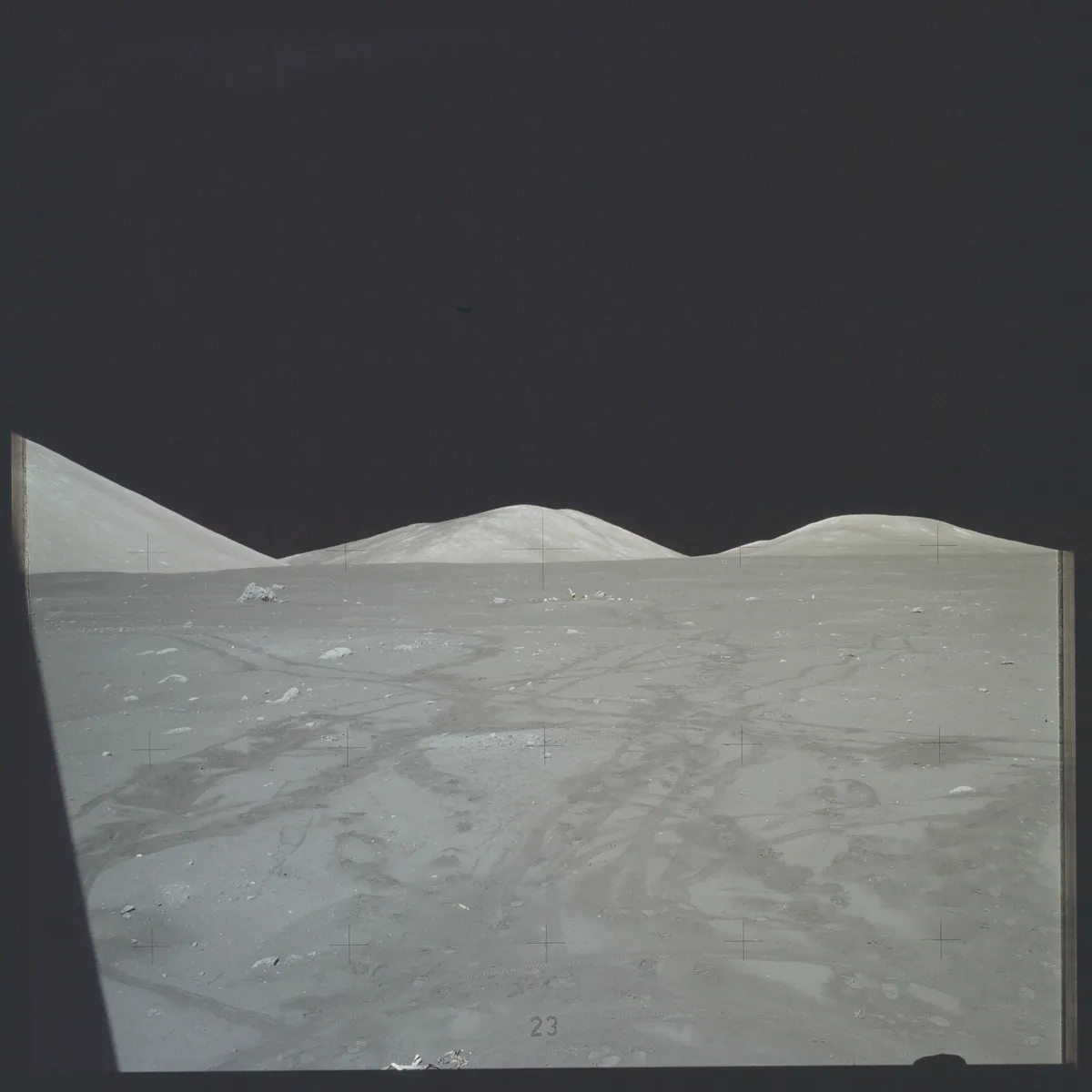
At 22:26 GMT on 13 December 1972, the crew of the Apollo 17 mission began their final moonwalk. Seven hours and 15 minutes later, as they boarded the lunar lander, they took this final, desolate photo of the Moon’s surface.
It would be the last time that humans would set foot on our nearest celestial body, and Gene Cernan, the last man to walk on the Moon, celebrated the moment with these poignant words: “… as we leave the Moon at Taurus- Littrow, we leave as we came and, God willing, as we shall return, with peace and hope for all mankind.
"Godspeed the crew of Apollo 17."
NASA Mars Exploration Rover Opportunity

You don’t need us to tell you that the surface of Mars is brutal (we’ll just leave that to the author of the best-selling book and blockbuster movie The Martian to explain why), which is why it is so impressive that the Opportunity Rover managed to survive on Red Planet for over 14 years, 55 times longer than its designed lifespan of little over 90 days.
Officially titled the Mars Exploration Rover – B, Oppy trundled more than 45km over the course of its mission, and sent back a huge library of photos of the planet’s surface using its 17 cameras. The last complete picture was this 360˚ panorama showing the rim of the Endeavour Crater, a rocky outcrop called the Ysleta del Sur, and its final resting place in Perseverance Valley.
It took the biggest recorded dust storm on the Mars surface to finally end Opportunity’s mission, blocking out the Sun long enough that the solar panels could no longer power the rover’s batteries, and the last communication with the much-loved Martian explorer was this incomplete image taken on 10 June 2018.
NASA Dawn spacecraft
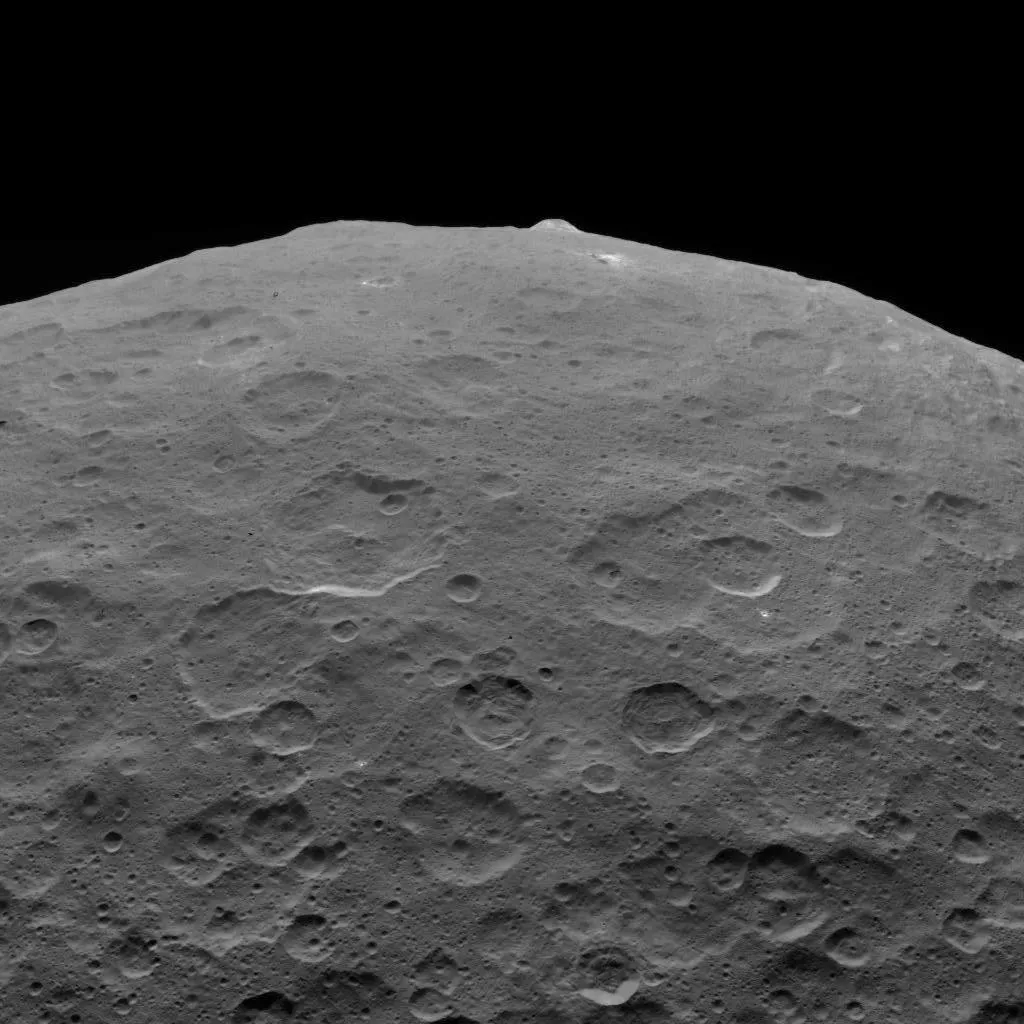
How many planets are there in the Solar System? If you said eight (or nine depending on what you class Pluto), you’d be ignoring more than 750,000 known minor planets floating around in the Sun’s orbit.
One such minor planet is Ceres, the largest object in the asteroid belt that sits between Mars and Jupiter. This beautiful image of one of its key landmarks, Ahuna Mons, was one of the final photographs taken by the Dawn spacecraft, before it ran out of fuel on 1 November 2018.
Chang’e 4
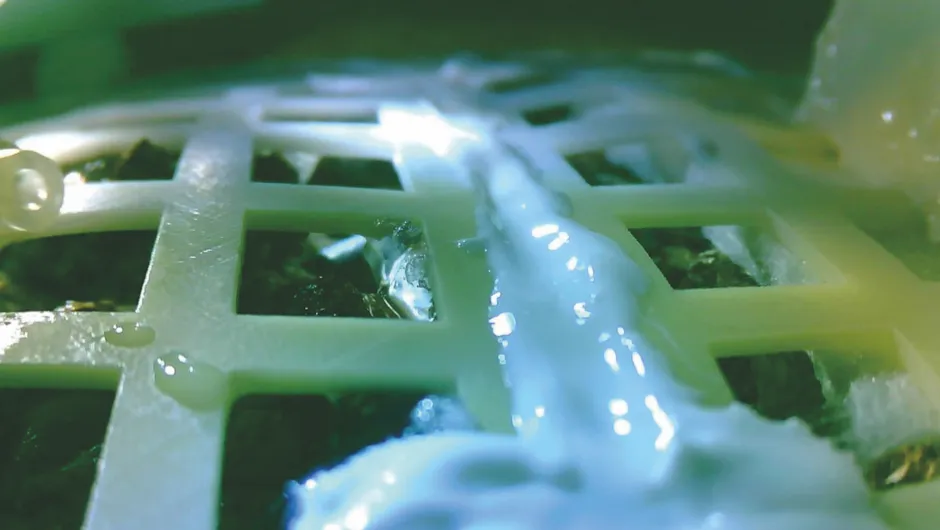
Life finds a way, but unfortunately this is the last photo of green cotton seed shoots growing on the surface of the Moon.
The attempt to grow cotton on the Moon was was part of China's Chang'e 4 Lunar Micro Ecosystem biosphere experiment, designed to investigate the possibility of growing crops in space- vital if we are to use the Moon as a base for future space exploration - and although the project was cancelled only two weeks into its 100-day mission, it still marks a significant milestone in our voyage to the stars.
ESA Huygens Titan Lander
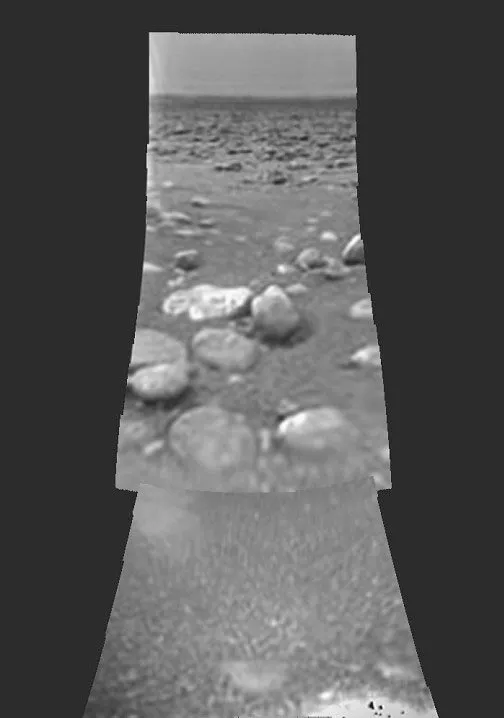
In its short, 90-minute mission on the surface of the Saturn moon Titan, ESA’s Huygens lander, part of the joint Cassini-Huygens mission with NASA, took this photo of the ‘stony’ surface. In fact, the rocks are believed to be formed of water and ice, and are between 10-15cm in size.
To this day, it is the only lander on a body in the outer Solar System and the only man-made object on a moon other than our own.
NASA's Cassini spacecraft
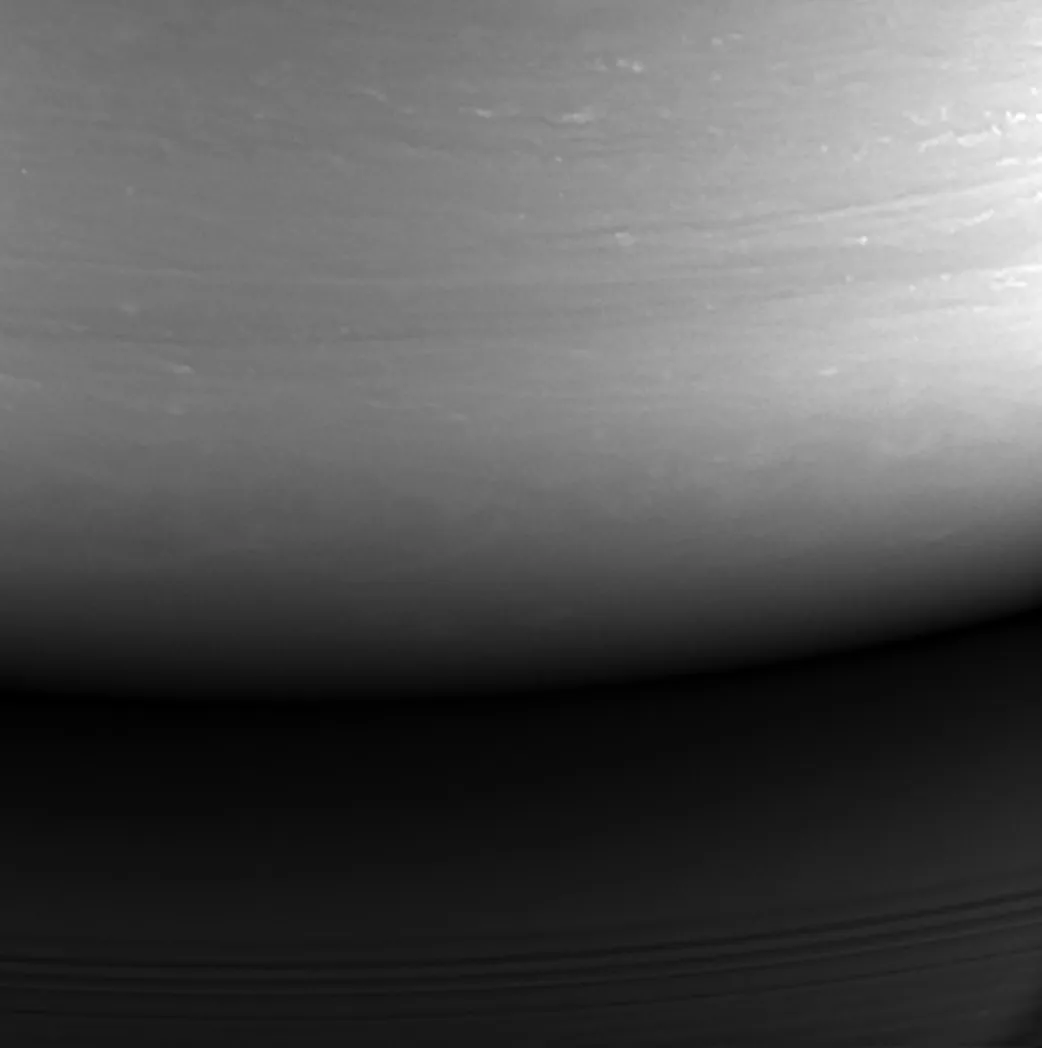
The other half of the Cassini-Huygens mission was the Cassini spacecraft, which had a much longer, and visually fruitful, mission compared to the Huygens lander.
Taken at the end of its 13-year journey on 14 September 2017, this monochrome image of Saturn’s night side is lit by light reflected from the planet’s rings. A few hours later, the probe would plunge into the planet’s atmosphere and burn up, so that there would be no prospect of biological contamination on any of Saturn’s moons.
Voyager 1 - Pale Blue Dot
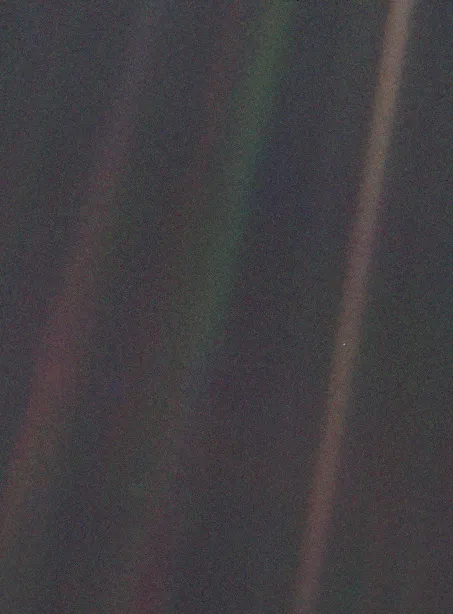
There are few images that capture the vastness and beauty of space than this image taken during Voyager 1's final photographic assignment.
Known as the Pale Blue Dot after Carl Sagan's reflections on the photo, Eath can be seen as a tiny, pixel-sized dot in the stream of light to the right of the photograph, and, in Sagan's words, contains "... everyone you ever heard of, every human being who ever lived, lived out their lives.
"The aggregate of all our joys and sufferings, thousands of confident religions, ideologies and economic doctrines, every hunter and forager, every hero and coward, every creator and destroyer of civilizations, every king and peasant, every young couple in love, every hopeful child, every mother and father, every inventor and explorer, every teacher of morals, every corrupt politician, every superstar, every supreme leader, every saint and sinner in the history of our species, lived there on a mote of dust, suspended in a sunbeam."
Voyager 1 is still out there, and to this day is the most-distant human made object from Earth.
Rosetta
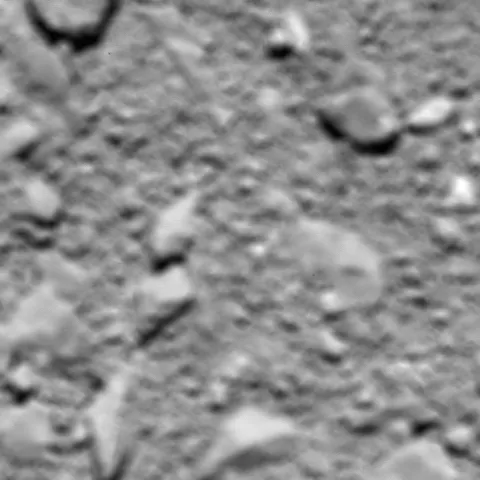
Landing a probe on the surface of a comet was always going to be a tricky challenge, one that proved a little too difficult for the Philae lander, but the Rosetta spacecraft hit the surface perfectly to plan. Unfortunately, it was a never designed to be a soft landing.
After circlingComet 67P/Churyumov-Gerasimenko for over two years, taking magnificent up-close photographs of the celestial explorer, the Rosetta probe began its final descent, taking this, its final photo, only 20m from the comet's surface.
Kepler Space Telescope
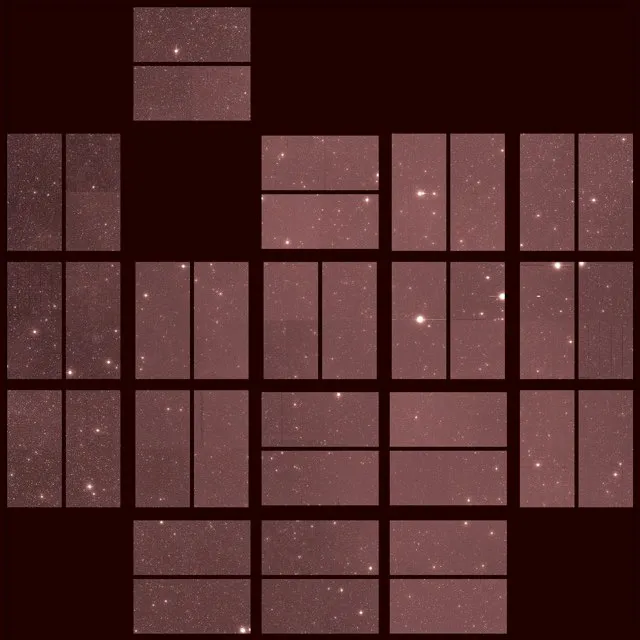
This map of the stars was the final (also known as 'last light') picture taken by the Kepler Space Telescope before it ran out of fuel and was retired on 30 October 2018.
Thanks to the images taken on its nine-year mission, astronomers were able to discover more than 2,600 exoplanets beyond our Solar System, and proved that statistically speaking, there are more planets than stars in our Galaxy.
Space Shuttle Atlantis
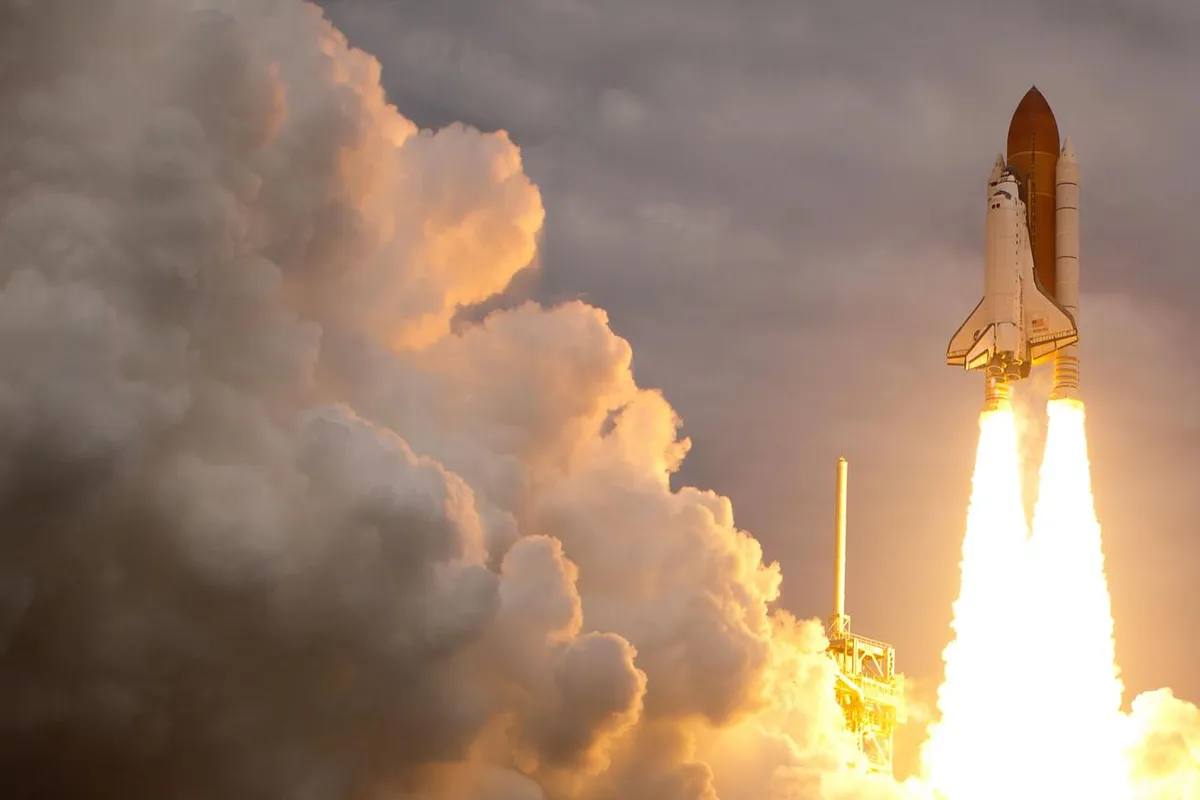
When it comes to iconic images from our journey into space, one that will always stick in the mind is that of the Space Shuttle orbiters at take off.
Between 1981 and 2011, five orbiters were launched 135 times, delivering payloads to the Mir space station, building the Hubble Space Telescope and transporting the parts that would make the International Space Station. This image shows the Space Shuttle Atlantis on 8 July 2011, as it takes-off for the final mission of the Space Shuttle program.
Sadly two of the Shuttles, Challenger and Columbia, were destroyed at take-off and re-entry respectively, taking with them the lives of 14 astronauts.
Mir Space Station
Over the course of its 15 year mission, the Mir Space Station orbited the Earth during a period of great change, the biggest of which was the fall of the Soviet Union. The name of the station, Mir, aptly means peace in Russian, and despite one of the two powers of the Space Race crumbling beneath it, this space station became a symbol of cooperation between two great spacefaring nations, Russia and the USA.
This dramatic video shows the moment the Russian space station deorbited on 23 March 2001, and disintegrated into Earth's atmosphere above the Pacific island of Fiji, paving the way for a bigger, more advanced crewed satellite, the International Space Station.
Follow Science Focus onTwitter,Facebook, Instagramand Flipboard
